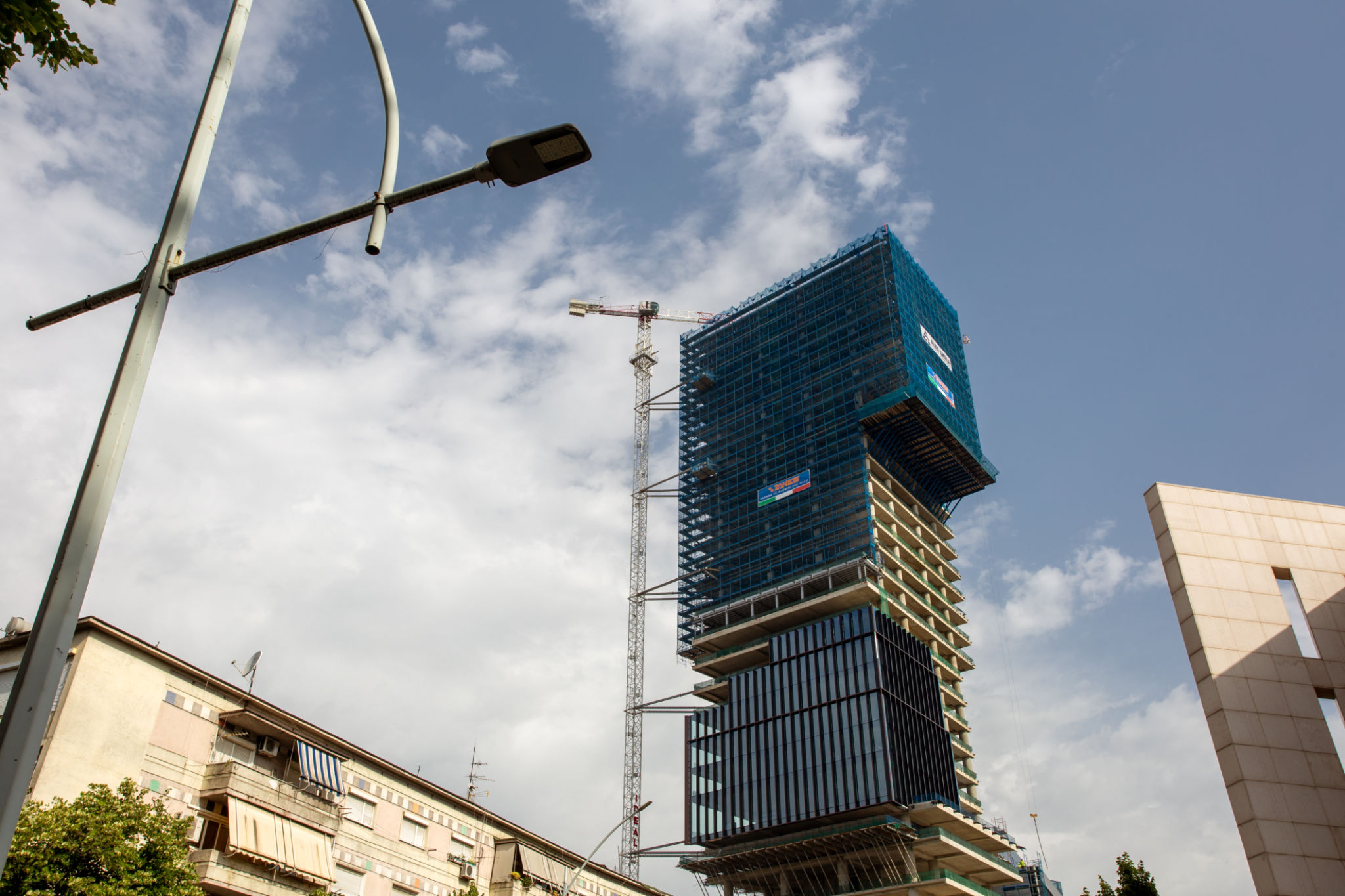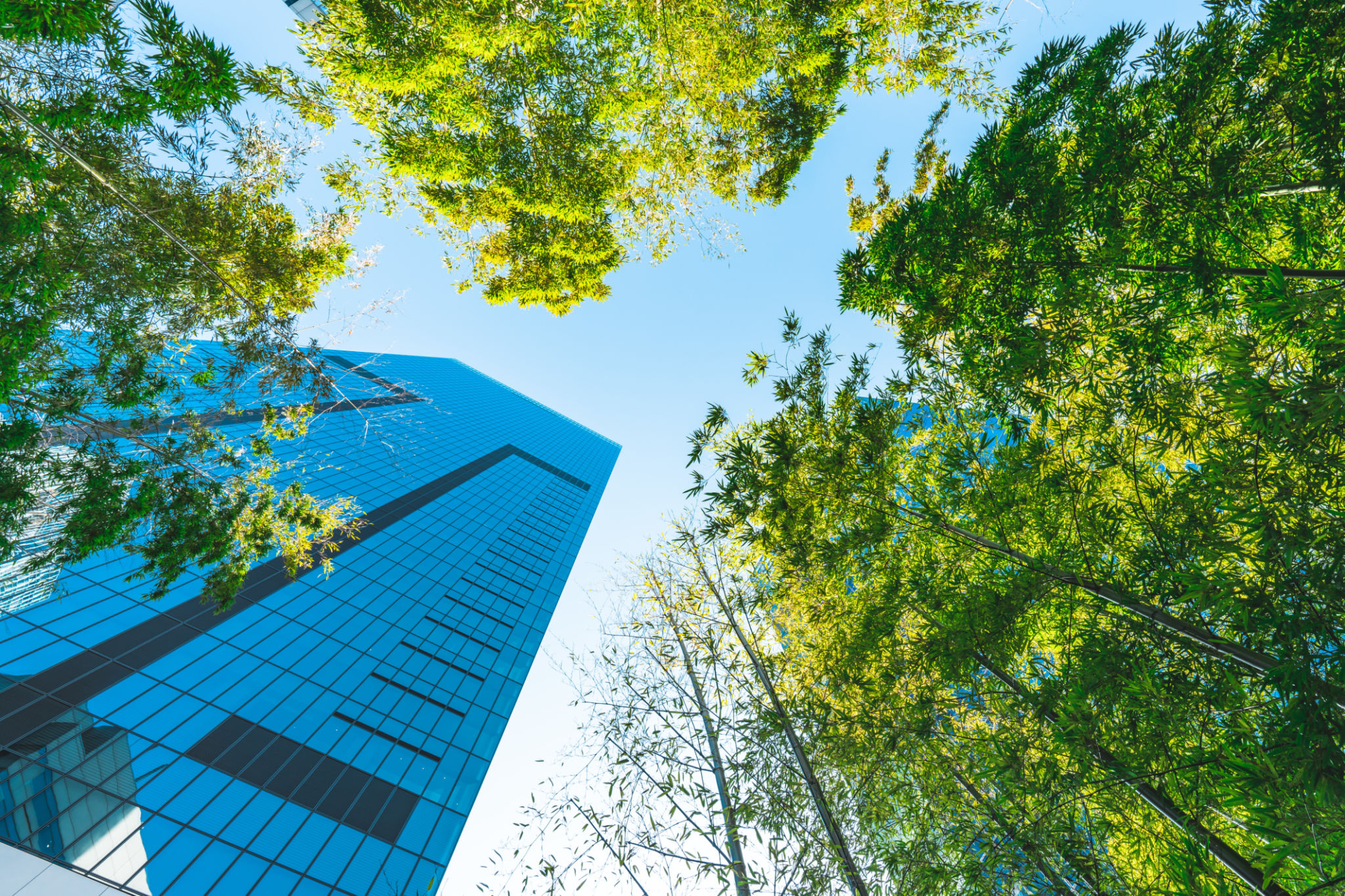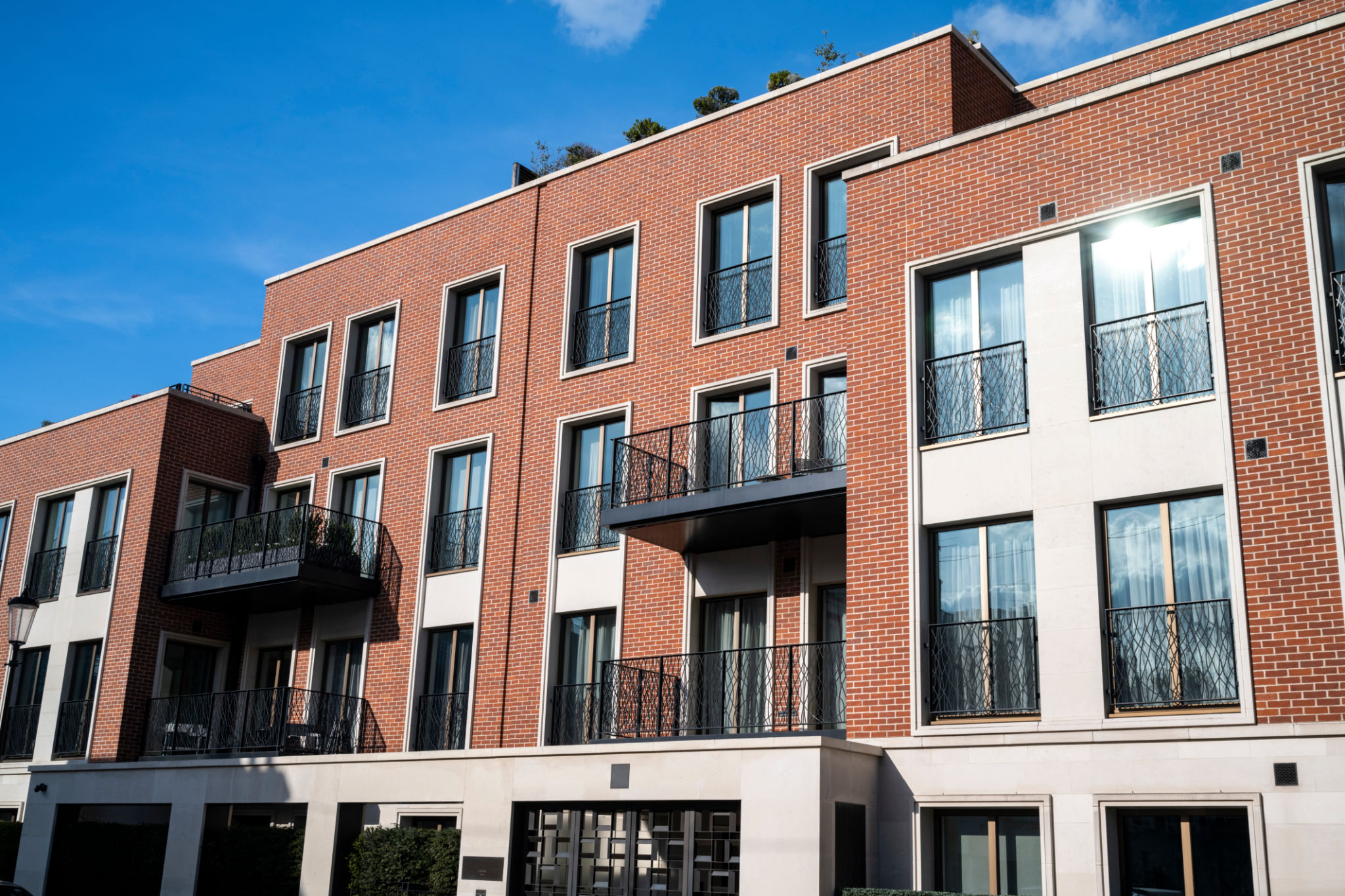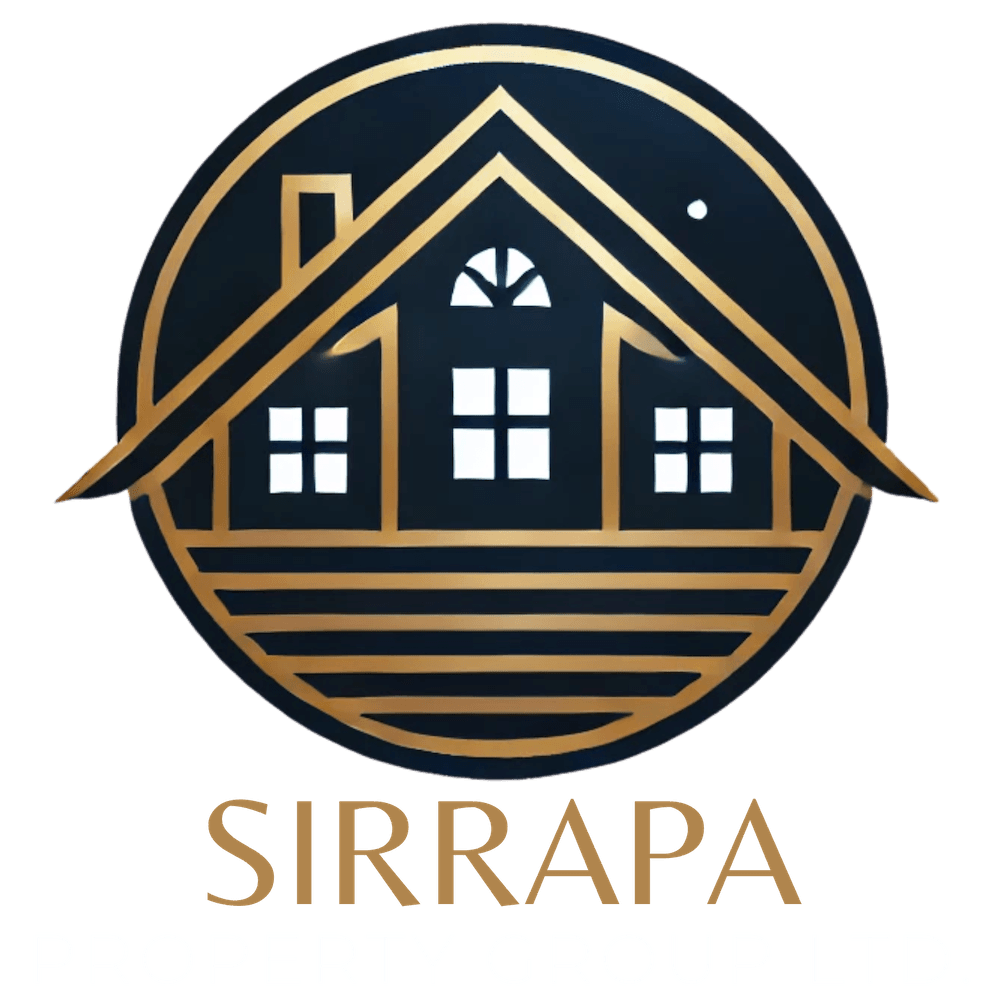Sustainable Development in Real Estate: The Role of Mixed-Use Buildings
The Importance of Mixed-Use Buildings in Sustainable Development
In recent years, the real estate industry has seen a significant shift towards sustainable development practices. One of the most effective approaches to achieve sustainability is through the integration of mixed-use buildings. These structures not only offer environmental benefits but also support social and economic sustainability by creating vibrant, interconnected communities.
Mixed-use buildings combine residential, commercial, and sometimes even industrial spaces within a single development. This approach maximizes land use and minimizes urban sprawl, contributing to a more efficient use of resources. By having multiple functions within one building, the need for extensive transportation is reduced, thus lowering the carbon footprint.

Environmental Benefits of Mixed-Use Developments
The environmental benefits of mixed-use buildings are substantial. By reducing the dependency on cars, these developments help decrease greenhouse gas emissions. Additionally, mixed-use buildings often incorporate green building practices such as energy-efficient systems, sustainable materials, and green roofs to further enhance their environmental impact.
Another environmental advantage is the preservation of natural landscapes. As mixed-use buildings make better use of available land, less green space is consumed for development. This preservation helps maintain biodiversity and reduces the urban heat island effect, contributing to overall ecological health.

Social and Economic Impact
Beyond environmental considerations, mixed-use buildings play a key role in fostering social interactions and economic vitality. By integrating residential and commercial spaces, these developments create lively neighborhoods where residents can live, work, and play. This proximity encourages community engagement and supports local businesses.
The economic benefits are also noteworthy. Mixed-use developments can increase property values and attract diverse businesses, creating job opportunities and stimulating local economies. Furthermore, they reduce infrastructure costs by consolidating services and utilities within a concentrated area.

Challenges and Considerations
While the advantages of mixed-use buildings are clear, there are challenges that developers must address. It is crucial to ensure that the design and planning of these developments meet the needs of diverse stakeholders. Proper zoning regulations, effective public transportation links, and accessible amenities are essential for success.
Moreover, developers must consider the potential for increased noise and congestion. Thoughtful urban design can mitigate these issues by incorporating sound barriers, pedestrian-friendly pathways, and adequate green spaces for leisure activities.
The Future of Real Estate Development
The role of mixed-use buildings in sustainable development is expected to grow as cities continue to evolve. As urban populations increase, the demand for efficient land use and sustainable living solutions will rise. Developers who embrace these principles will be at the forefront of creating resilient and thriving communities.
In conclusion, mixed-use buildings are a pivotal component in advancing sustainable development in real estate. By addressing environmental concerns and fostering economic and social well-being, these structures present a comprehensive approach to urban planning that benefits both current and future generations.
